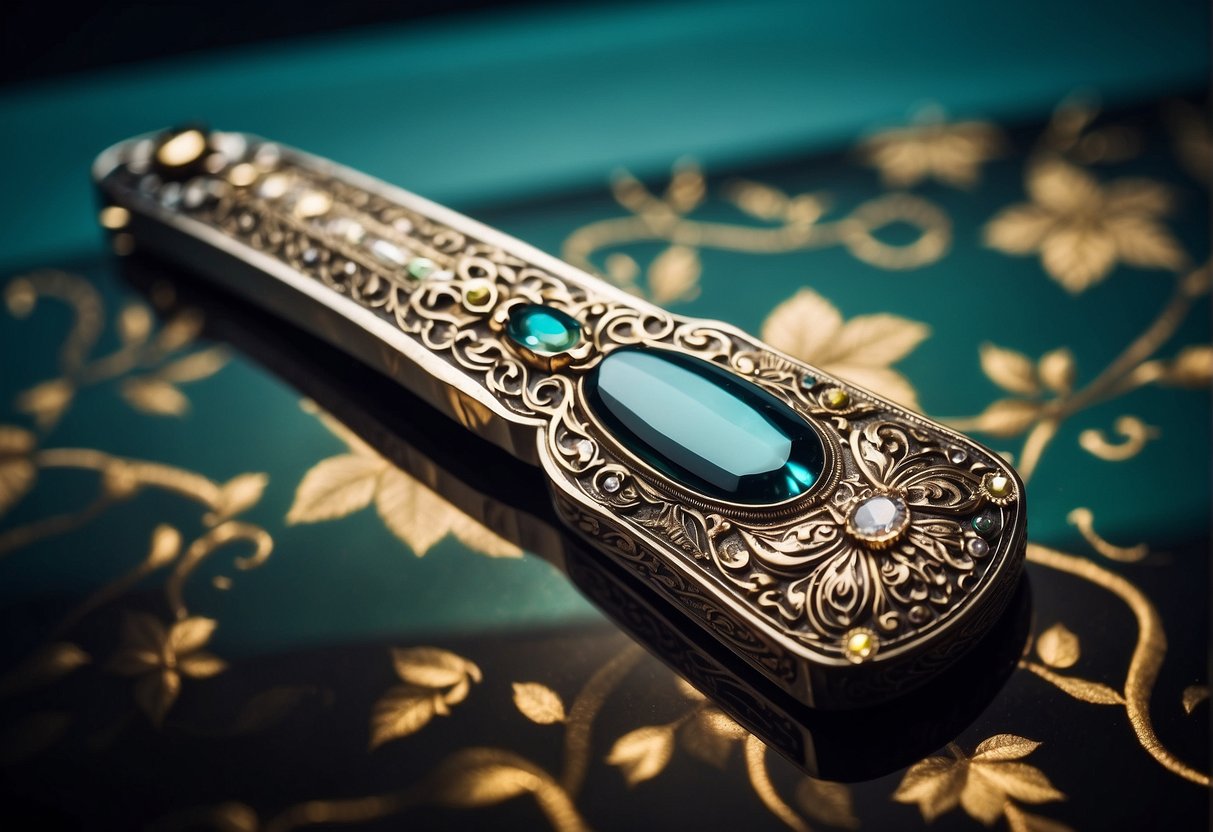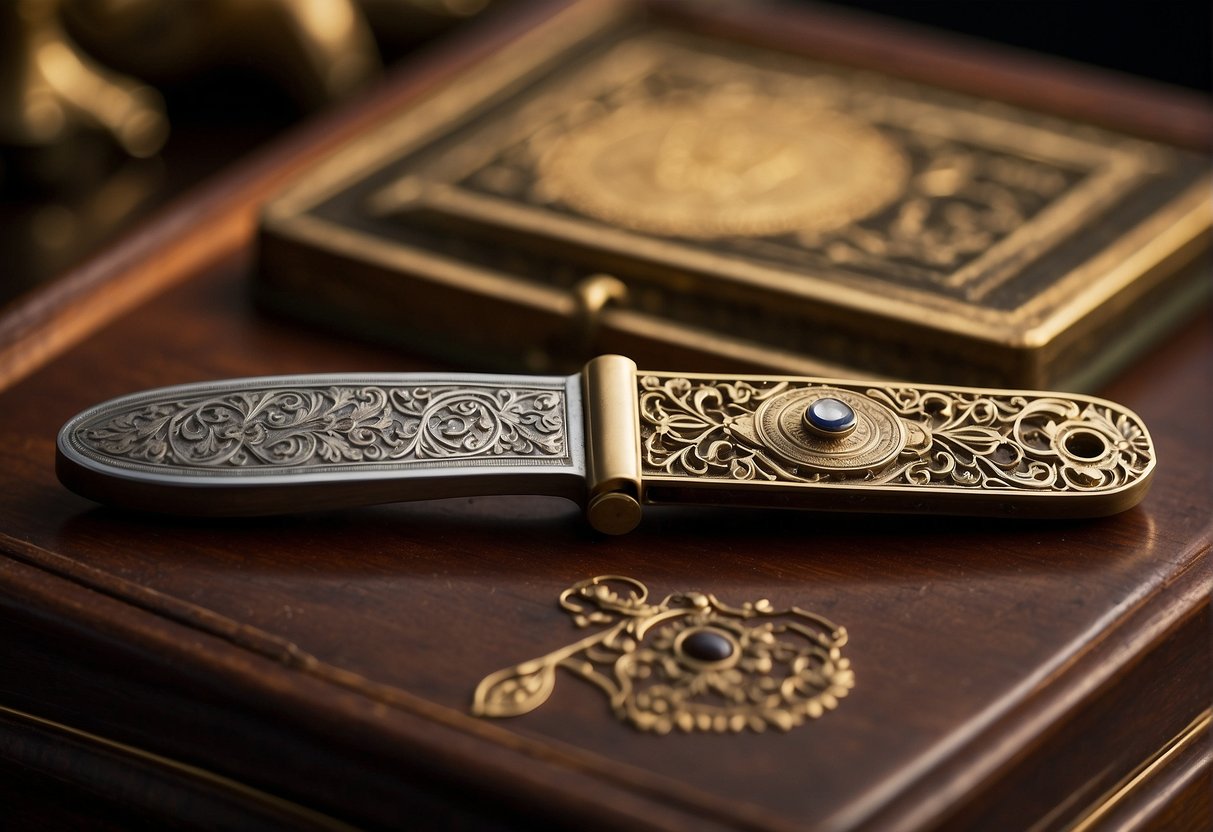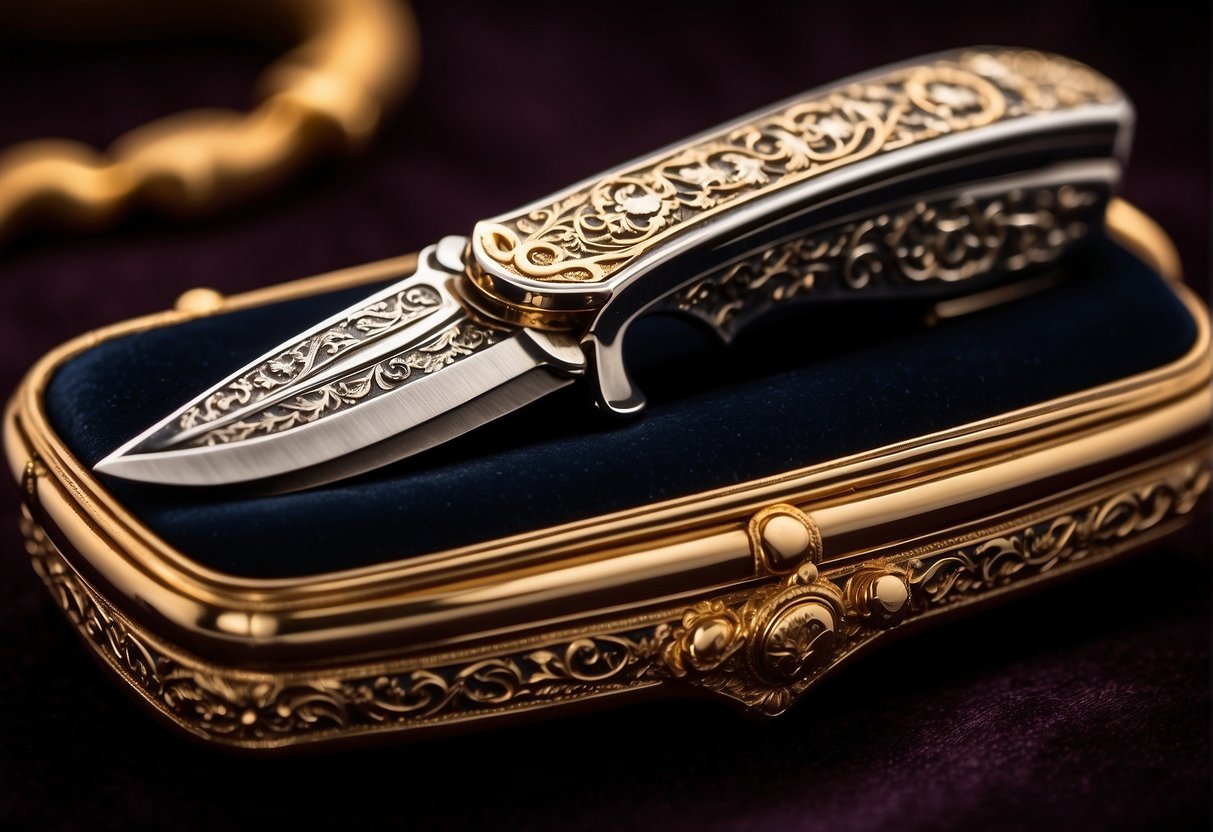Antique pocket knives are much more than tools; they are a window into history, a showcase of exquisite craftsmanship, and a testament to the value of meticulous care and preservation. These small folding knives that could fit in a pocket have been integral companions for countless people across centuries, used for everything from simple daily tasks to self-defense. While practicality is a given, the antique versions of these knives command attention due to their historical significance, rarity, and the unmatched skills that went into creating each piece. They’re prized collectibles, and some have fetched astonishing figures at auction due to their unique features and the stories they carry.

Collectors and enthusiasts often seek the most expensive antique pocket knives as investments and treasures. The high value of these knives can often be attributed to several factors, including historical context, the materials used in construction, and the reputation of their makers. For example, knives crafted with precious metals or those that come from a notable historical epoch can significantly drive up their worth. The craftsmanship involved, honed over generations, also plays a crucial role, as intricacies in design and construction can make each knife a work of art. For the ardent collector, preserving and storing these antiques correctly ensures that they continue to tell their stories and accrue value over time.
Key Takeaways
- Antique pocket knives are valued for their historical significance and craftsmanship.
- Their value is influenced by materials, maker reputation, and condition.
- Proper maintenance and storage are crucial for preserving their worth.
Historical Significance of Antique Pocket Knives

Antique pocket knives aren’t just relics; they are a window into the history of craftsmanship and a reflection of the eras they come from, often embodying significant technological and design advancements.
Evolution from Utility to Collectible
Antique pocket knives began as essential tools for daily life, especially for those of you with a love for the great outdoors. Over time, they transitioned into highly sought-after collectibles. Remington, for instance, produced models like the Remington Bullet in the early 1900s, originating from a period of utility to becoming a vintage treasure today. This transformation is attributed to pocket knives’ historical context—linked to pivotal moments such as WWII—and their evolution in craftsmanship and utility.
Iconic Manufacturers and Brands
Particular manufacturers have created a legacy that stands out significantly. William Henry is a brand synonymous with luxury, creating limited editions like the Wild West Show II, a nod to the rugged history of the American frontier. Similarly, ‘Sheffield‘ isn’t just a city in England; it’s practically a synonym for high-quality steel and fine-cutlery past. The iconic Bowie knives—which you might associate with frontier legends—are a striking example of the convergence of utility and the Empire’s influence on knife design.
Knives from these periods and manufacturers are not just tools; they are the embodiment of historical periods, artisanal skill, and cultural significance. Whether displayed in a case or carried on a camping trip, each knife tells a story that echoes through history to the present day.
Assessing the Value of Pocket Knives
When you’re looking into the value of pocket knives, remember that factors like rarity, historical significance, and condition play pivotal roles. Particularly with antique knives, these elements can significantly influence the final price.
Factors Influencing Value
- Rarity: Knives that were produced in limited quantities or have unique features tend to be more sought after.
- Condition: A knife in mint condition, especially with its original packaging, can be of much higher value.
- Age: Generally, the older the knife, the more valuable it may be, provided it is in good condition.
- Brand and Model: Some brands and models, like the Vintage Remington Bullet pocket knife, are renowned for their quality and collectability, thus fetching a higher price.
Rare Models and their Worth
- Vintage Remington Bullet Pocket Knife: A well-preserved piece can sell for upwards of $825.
- Custom and Handmade Knives: Knives like the Chuck Gedraitis Custom Clever Girl Automatic Knife, can command prices up to or even surpassing $4500.
Marketplaces and Price Realization
To gauge the current market prices and potentially realize the value of your pocket knives, platforms like eBay and Etsy are widely used. They are rich with collectors and enthusiasts, making them excellent for showcasing expensive pocket knives. Keep in mind that listing on reputable marketplaces also means competing with a plethora of other sellers, thus the importance of listing your items with detailed descriptions and clear, quality images can’t be understated.
Materials and Craftsmanship

When you examine the world of antique pocket knives, you’ll find that their value is greatly influenced by the quality of materials and the level of craftsmanship. These elements not only ensure longevity and functionality but also enhance the item’s beauty and appeal.
Variety in Handle Materials
The handles of high-end antique pocket knives are crafted from an array of prestigious materials—each chosen for its unique qualities. Bone handles are traditional and esteemed for their natural feel and durability. In many cases, prehistoric walrus or mammoth ivory is used, adding to the knife’s rarity and value. Jade handles bring a touch of ageless beauty with their deep, lustrous green hues. For those adorned with luxury, silver and gold inlays are commonly used, creating intricate patterns that capture the eye and exude opulence. Some knives even feature handles with diamond embellishments, serving as a testament to their exclusivity and craftsmanship.
Exquisite Blade Materials and Techniques
The blade, your knife’s cutting edge, often reflects the pinnacle of metallurgical innovation. Damascus steel, famous for its strength, resilience, and distinctive wave-like pattern, is a hallmark of superior blade-making. This ancient technique involves folding various types of steel and irons into numerous layers. As you use your Damascus blade, not only do you wield a piece of history, but you can also rely on its cutting prowess. Some knives boast blades edged or detailed with gold or copper inlay, marrying beauty with utility. The presence of precious metals and gems truly sets these pocketknives apart from your everyday carry and makes them coveted items in the collectors’ market.
Maintaining and Storing Antique Knives
Caring for your antique knives involves more than just keeping them out of harm’s way; proper cleaning, preservation, and storage are critical to maintain their condition and value.
Cleaning and Preservation Best Practices
To ensure your antique knives remain in top condition, frequent cleaning is essential. It’s important to clean your knives gently to prevent rust and corrosion. For knives with bone handles, use a mild soap and water solution, then dry them immediately to prevent damage. When cleaning the blade, use a soft cloth to apply a light coat of oil which acts as a protective barrier against moisture. Be cautious not to over-oil, as this can attract dirt and create a mess.
Display and Storage Solutions
Finding the right display and storage solutions is crucial for protecting your valuable antique knives. If you’re displaying them, consider a wooden box with a glass top, which allows visibility while keeping them dust-free. When storing knives, cases specifically designed for knives can provide padded protection. If you’re using a leather sheath for storage, remember that although it’s traditional, leather can trap moisture, so use it cautiously, and check your knives regularly. Alternatively, store your knives in a cool, dry environment and use moisture absorbing packs to keep your treasures in pristine condition.


